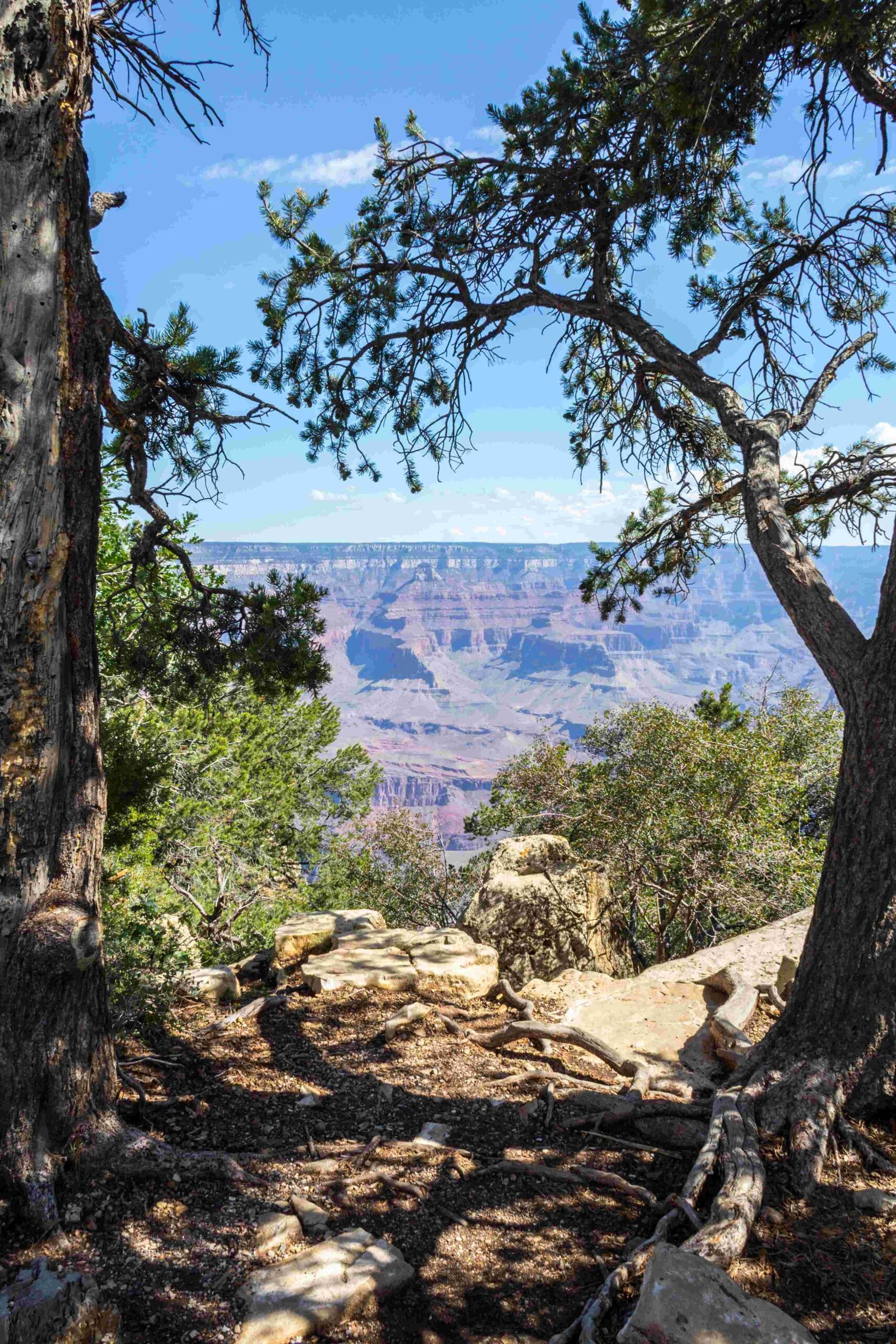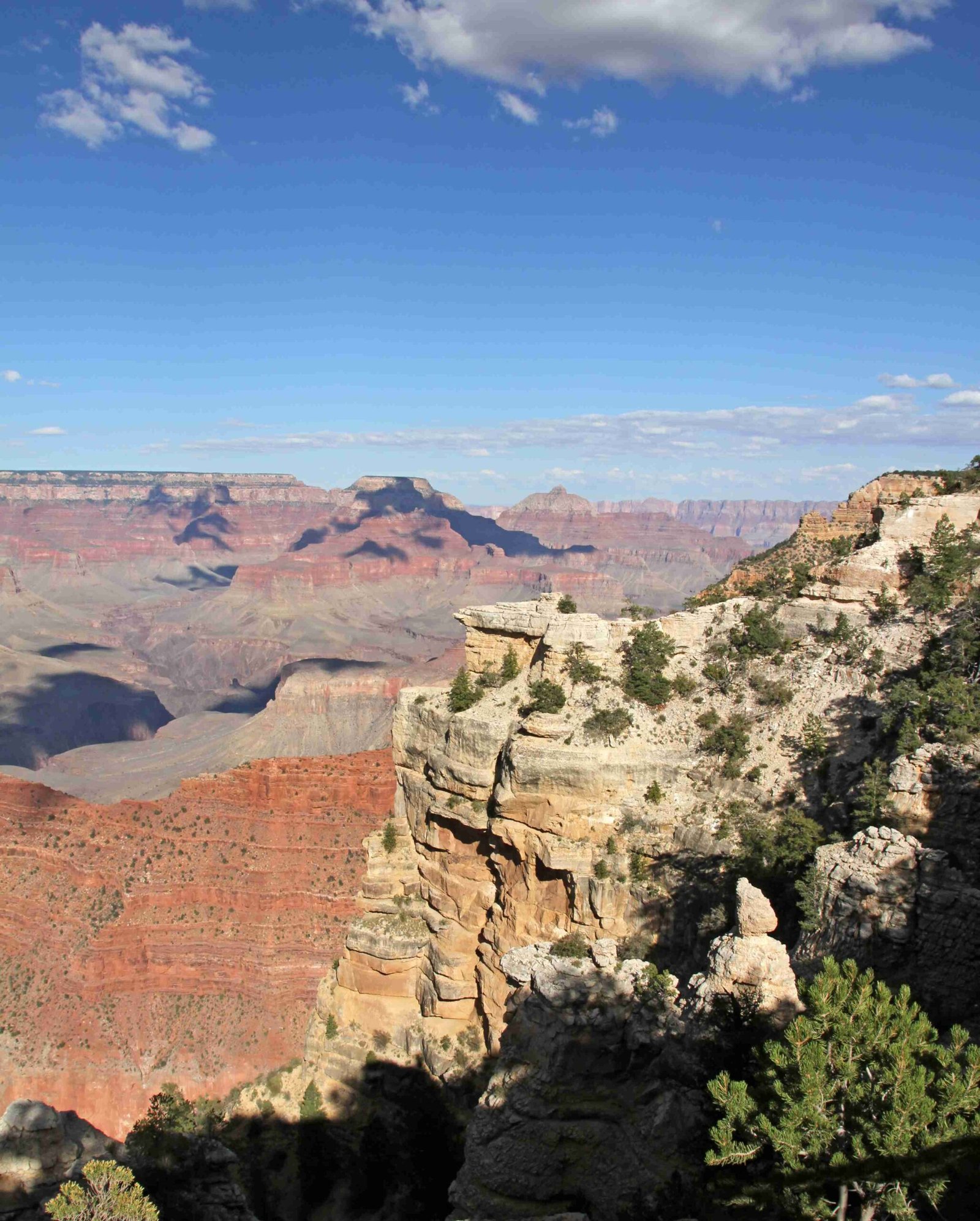The Grand Canyon’s winter landscape is a mesmerizing tapestry of snow-covered terrain, but does it always snow at the Grand Canyon? While snowfall is common, it’s not a constant occurrence. The canyon’s unique topography and elevation create diverse microclimates that influence precipitation patterns, making snow a seasonal phenomenon with significant variations between the South and North Rims.
What Are the Snowfall Characteristics at the Grand Canyon?

How Much Snow Does the Grand Canyon Receive?
The Grand Canyon experiences substantial snowfall, particularly at higher elevations. Here’s a detailed breakdown:
| Location | Average Annual Snowfall | Peak Snow Months |
|---|---|---|
| South Rim | 58 inches | December – February |
| North Rim | 144 inches | November – March |
Snowfall Distribution Factors
Several key factors influence snow accumulation:
- Elevation: Higher rim areas receive more snow
- Temperature: Consistent freezing temperatures are crucial
- Prevailing Winds: Western Pacific winds contribute moisture
- Seasonal Variations: Winter months dominate snowfall
When Can Visitors Expect Snow at the Grand Canyon?
Snowfall typically occurs between late November and early March, with peak accumulation in January. However, snow is not guaranteed every day during this period.
Snow Frequency Statistics
- Average Snow Days per Year: 13-14 days
- Days with 1+ Inch of Snow: 5-6 days
- Typical Snow Accumulation:
- Light dustings
- Moderate 1-3 inch falls
- Occasional heavy storms (5+ inches)
How Do Different Canyon Areas Experience Snow?
South Rim Snow Characteristics
The South Rim, at 6,910 feet elevation, experiences:
– More consistent winter accessibility
– Moderate snow accumulation
– Open year-round with potential limited services
North Rim Snow Conditions
The North Rim, at higher elevation, features:
– Significantly more snowfall
– Closed from November to May
– Approximately 144 inches of annual snow
– More challenging winter access
What Impacts Snow Occurrence at the Grand Canyon?
Several meteorological factors influence snowfall:
- Atmospheric Moisture: Pacific Ocean wind patterns
- Elevation Differences: Canyon depth creates temperature variations
- Seasonal Temperature Fluctuations
- Prevailing Wind Directions
Visitor Considerations for Snowy Conditions
Preparation Tips:
– Check current weather forecasts
– Bring appropriate winter gear
– Verify park facility operations
– Consider alternative travel dates
– Understand potential road and trail restrictions
Photographic and Scenic Opportunities
Winter snow transforms the Grand Canyon into a breathtaking landscape, offering:
– Unique photographic perspectives
– Serene, less crowded experiences
– Dramatic light and shadow interactions
– Pristine white-covered rock formations
Conclusion

While the Grand Canyon doesn’t always have snow, winter brings remarkable snowfall opportunities, particularly at higher elevations. The South and North Rims offer distinctly different snow experiences, making winter a fascinating time to explore this natural wonder.

